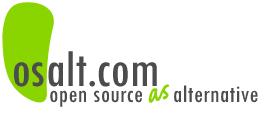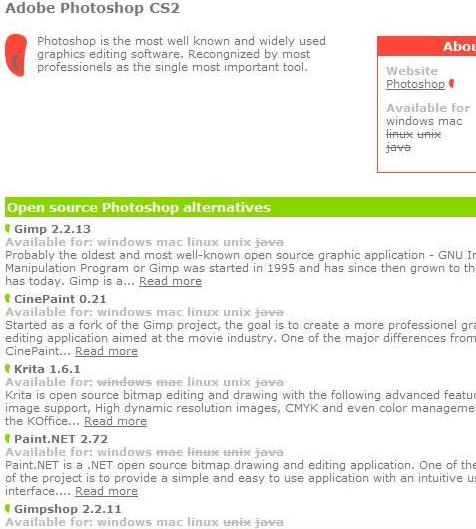I have recently been working on a manual for a certain script with which you can easily record interviews, without having to edit them. More about this script will follow later.
During the research and testing phase of this script, I have encountered many a challenge (euphemism for problem). At this moment in time, my computer has Ubuntu Gutsy Gibbon – Gnome desktop – and an Ubuntu Studio realtime kernel (installed through synaptic).
One of the challenges is the multiplicity of sounddrivers/sound servers.
Alsa – OSS- ESD -> and to make stuff more complex, I use an external soundcard..
Here is where you find the sound preferences of your Linux computer through the graphical interface (by using your mouse (^_^).

This is what I can choose from:

Now, as I try to work with a script, I need the command line version of this:
And this is where arecord comes in.
Arecord = alsarecord
This command displays all soundcards and digital devices that can be used to capture sound – at that moment:
$ arecord -l
On my computer I get a result indicating that my soundcard of my laptop is hardware device number 0 for capturing and the external soundcard (USB) is hardware device number 2:
$ arecord -l
**** List of CAPTURE Hardware Devices ****
card 0: ICH6 [Intel ICH6], device 0: Intel ICH [Intel ICH6]
Subdevices: 1/1
Subdevice #0: subdevice #0
card 0: ICH6 [Intel ICH6], device 1: Intel ICH – MIC ADC [Intel ICH6 – MIC ADC]
Subdevices: 1/1
Subdevice #0: subdevice #0
card 0: ICH6 [Intel ICH6], device 2: Intel ICH – MIC2 ADC [Intel ICH6 – MIC2 ADC]
Subdevices: 1/1
Subdevice #0: subdevice #0
card 0: ICH6 [Intel ICH6], device 3: Intel ICH – ADC2 [Intel ICH6 – ADC2]
Subdevices: 1/1
Subdevice #0: subdevice #0
card 1: Pro [FastTrack Pro], device 1: USB Audio [USB Audio #1]
Subdevices: 1/1
Subdevice #0: subdevice #0
Now, I want to record a test sound through my external soundcard, via arecord (in the Terminal).
$ arecord -f dat -d 20 -D hw:1,1 test.wav
The sound is recorded in the file where you are on that moment in your Terminal.
*Extra*
Two commands which give handy results for trouble shooting:
– To see which soundcard(s) are installed on your computer:
$ cat /proc/asound/cards
– To check what sound modules are loaded:
$ cat /proc/modules|grep snd
Thanks to linuxquestions.org and Cyberciti.biz for the online inspiration.




